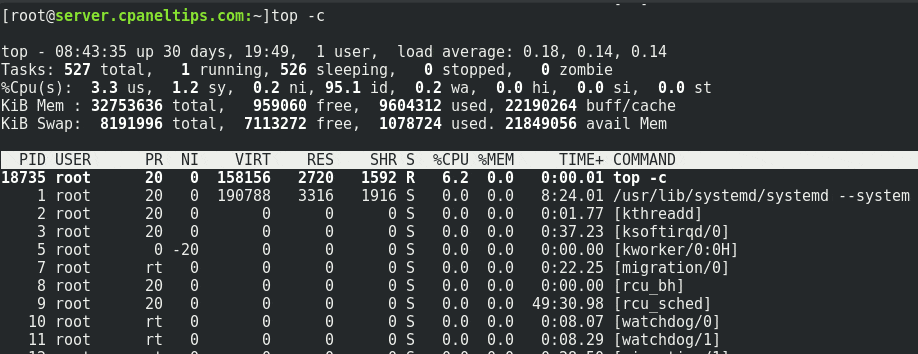
By right-clicking on the Data Collector Sets item and selecting New, you can configure the User Defined Data Collector Set. Performance Monitor now displays a live graph/chart, similar to the screenshot below. The Resource Monitor displays how many RAM is being used, what is being used, and which applications are using it. The Resource Monitor and Performance Monitors can be used to monitor the amount of memory on your computer. You can use Resource Monitor to find out how much RAM is being used, what is being used, and which applications are using it it will also let you sort the list of applications using it into different categories. How Can I See Memory Usage History? Credit: īy pressing Windows Key R and typing resmon into the search box, you can access Resource Monitor. By looking at the meminfo file, we can see how much memory is installed as well as how much is free. You can also get a quick memory snapshot by using the meminfo command on Linux. Linux can be assisted in reducing memory usage by utilizing several tools. To calculate the ram memory usage, use the /proc/meminfo virtual file. Vmstat’s primary function is to provide information on processes, memory, paging, block IO, traps, and CPU activity. To find out which processes consume the most memory in Linux, use the top command in batch mode. Real-time views of the processes running on the system can be obtained using the interactive interface. System Monitor is accessible by typing its name into the search bar. This command will display the amount of free and used memory in the system in megabytes.

The free command can be used to check memory utilization in Linux by running the following command: It also displays the total amount of memory in the system. The free command displays the amount of free and used memory in the system.

The most common way is to use the free command. There are many ways to check memory utilization in Linux. It is very important to check memory utilization in Linux to ensure that the system is not running out of memory.


 0 kommentar(er)
0 kommentar(er)
